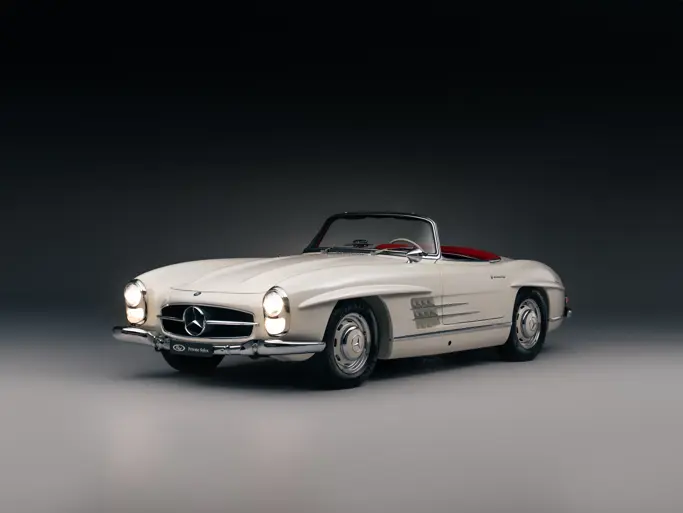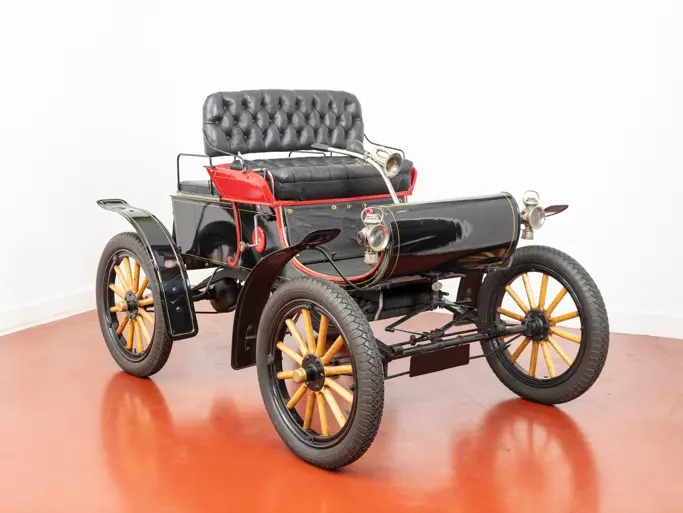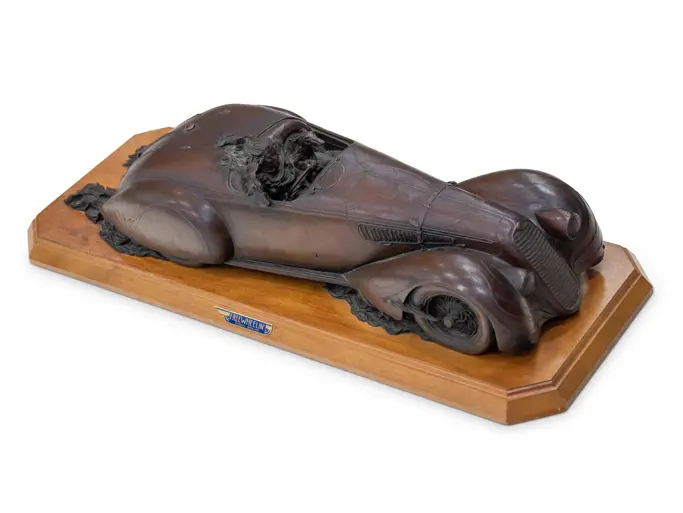Please Note: Information regarding these museum display vehicles was provided by the National Military History Center and has not been independently verified by Auctions America by RM ("AA"). As such, AA does not verify, warrant or guarantee any of this information. Prior inspection and research by the buyer is highly encouraged and recommended.
ATTENTION: Buyers are responsible for securing transportation and moving/loading of lots. Lot may be left on display indefinitely in the museum free of charge with a signed loan agreement form. Lots are sold as is, where is.
Please note this is being sold on "Bill of Sale" only.
Manufacturer: Rheinmetall / Borsig
Production Years: 1936-1941
Caliber: 37-mm (1.46-inches)
Length: 6-feet, 5 1/2-inches (gun tube)
Weight: 970-pounds
Armor Penetration: (armor plate @30-degrees)
400-yards (AP ammunition) 38-mm
400-yards (AP40 ammunition) 49-mm
Maximum Effective Range: Approximately 600-yards (horizontal)
Muzzle Velocity: 3,379 feet-per-second (firing 1.5-lbs. armor piercing)
Rate of Fire: 8 to 10 rounds-per-minute
Projectile Weight: 12.5-ozs.- AP 40 ammunition - 1.5-lbs.- AP ammunition
Crew: Up to six
Demilitarized
The 3.7-cm Panzerabwehrkanone (Pak) 36 was the standard German anti-tank gun at the outbreak of World War II. Its development started in 1933, with production beginning in 1936. Small numbers of Pak 36s were used in the Spanish Civil War of 1936-39. Large numbers of Pak 36s were sold to Soviet Russia until 1940. The success of the design led to license-built copies and similar influenced designs being produced in other countries. The US 37-mm M3 was a close copy. By 1940, the Pak 36 was rapidly approaching obsolescence. In 1941, a new tungsten-cored ammunition was introduced (designated AP 40) that extended the usefulness of the over 15,000 Pak 36s in service. Its light weight and mobility made the Pak 36 popular with its crews. The two-wheeled, split-rail carriage included an armored shield of 3/16-inch thickness to protect the crew. Late in the war, the useful life of the Pak 36 was again extended by the introduction of the Stielgranate 41 grenade. Resembling an oversized rifle-grenade, the Stielgranate’s 18-pound warhead used the same type of anti-tank explosive as late war bazookas. It was capable of penetrating 7-inch armor at up to 300-yards.

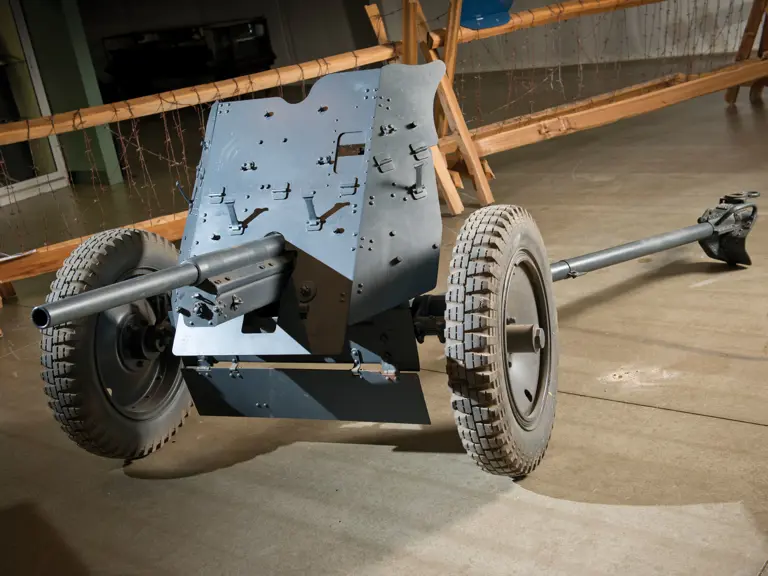
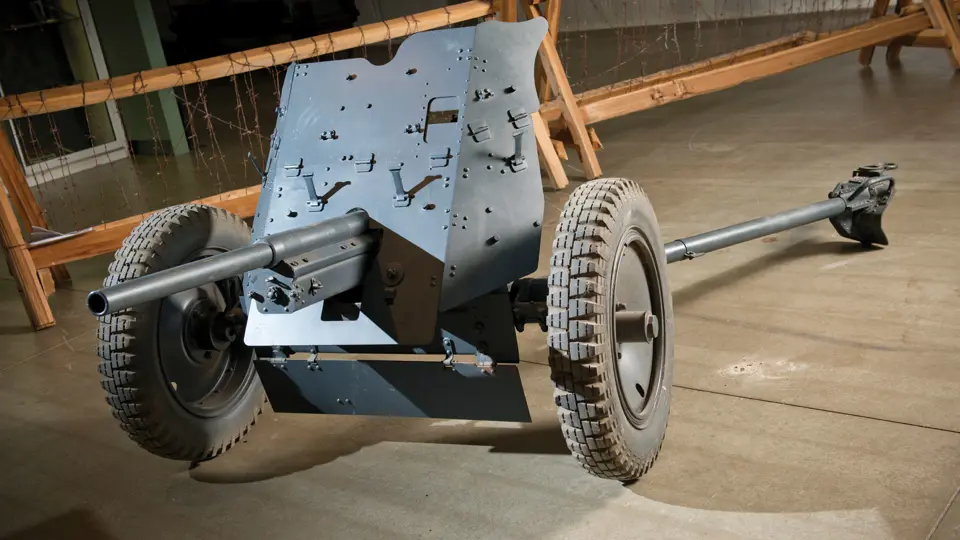
 | Auburn, Indiana
| Auburn, Indiana
